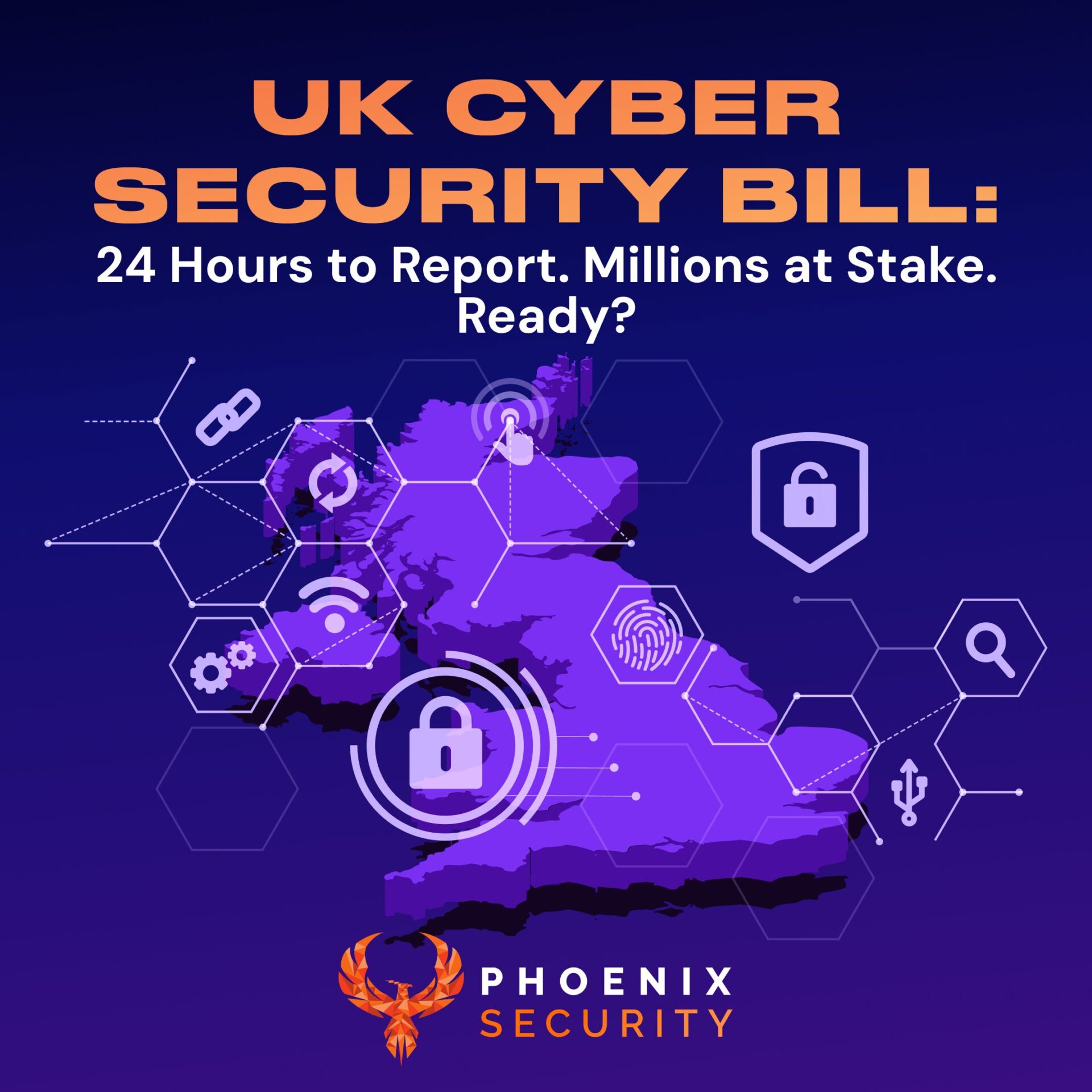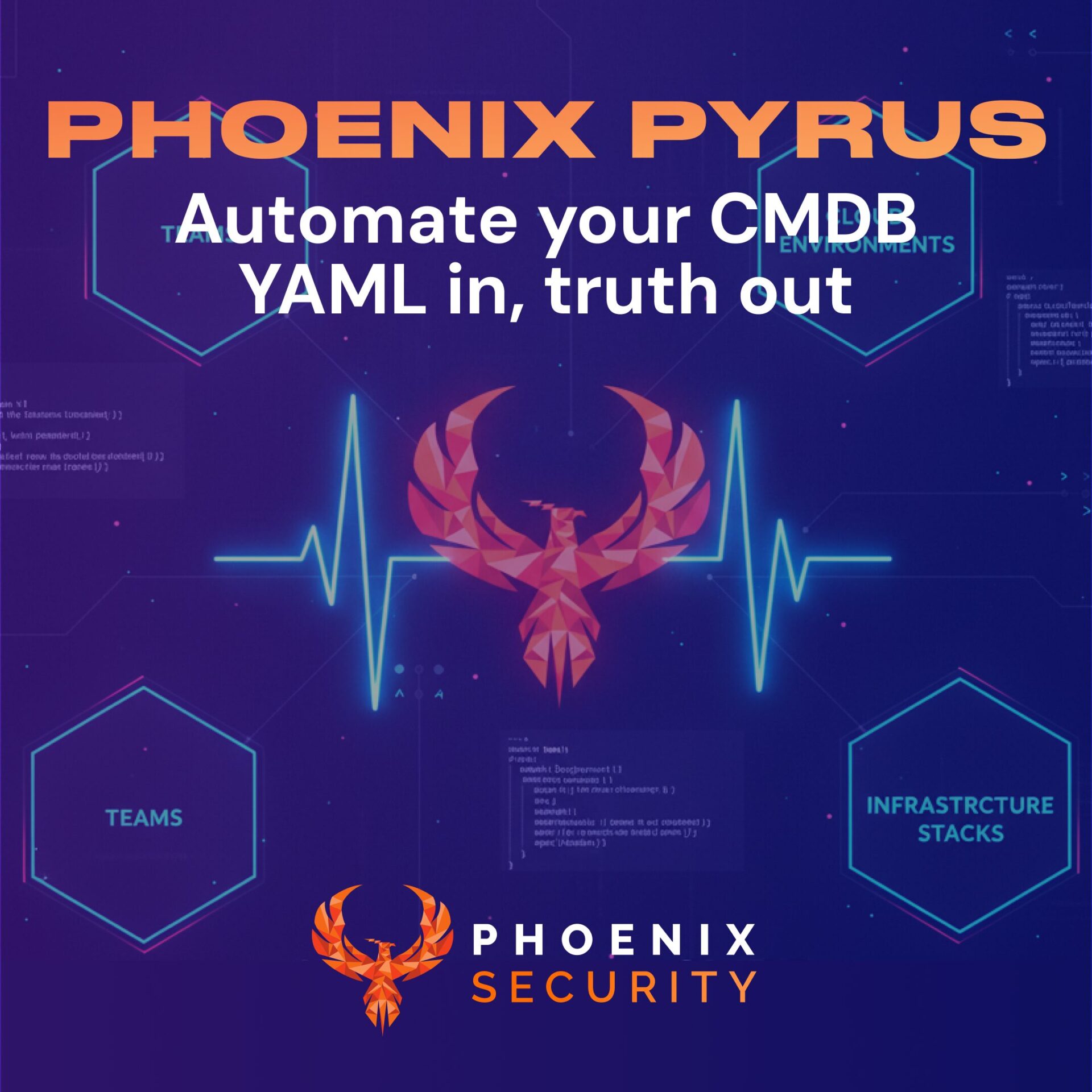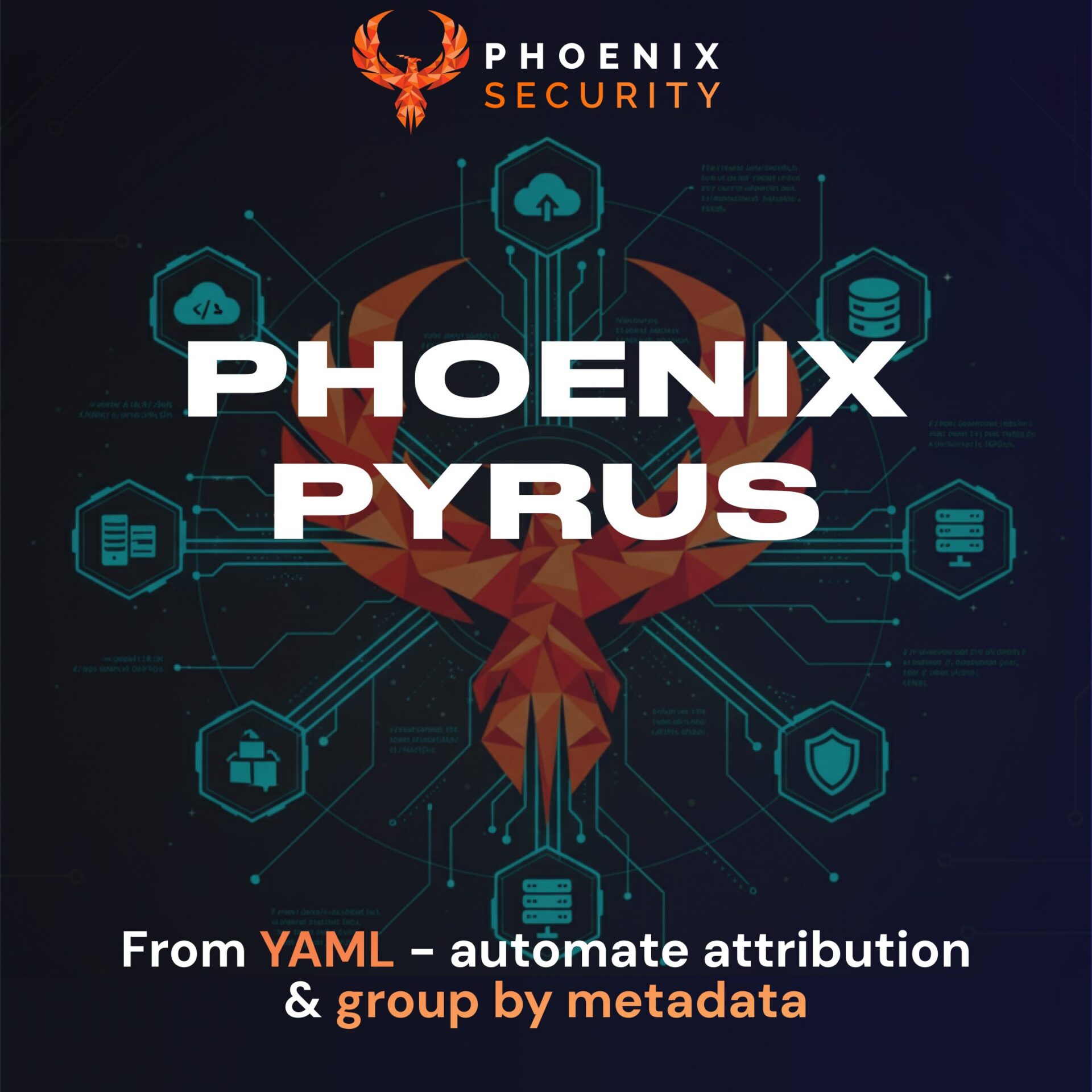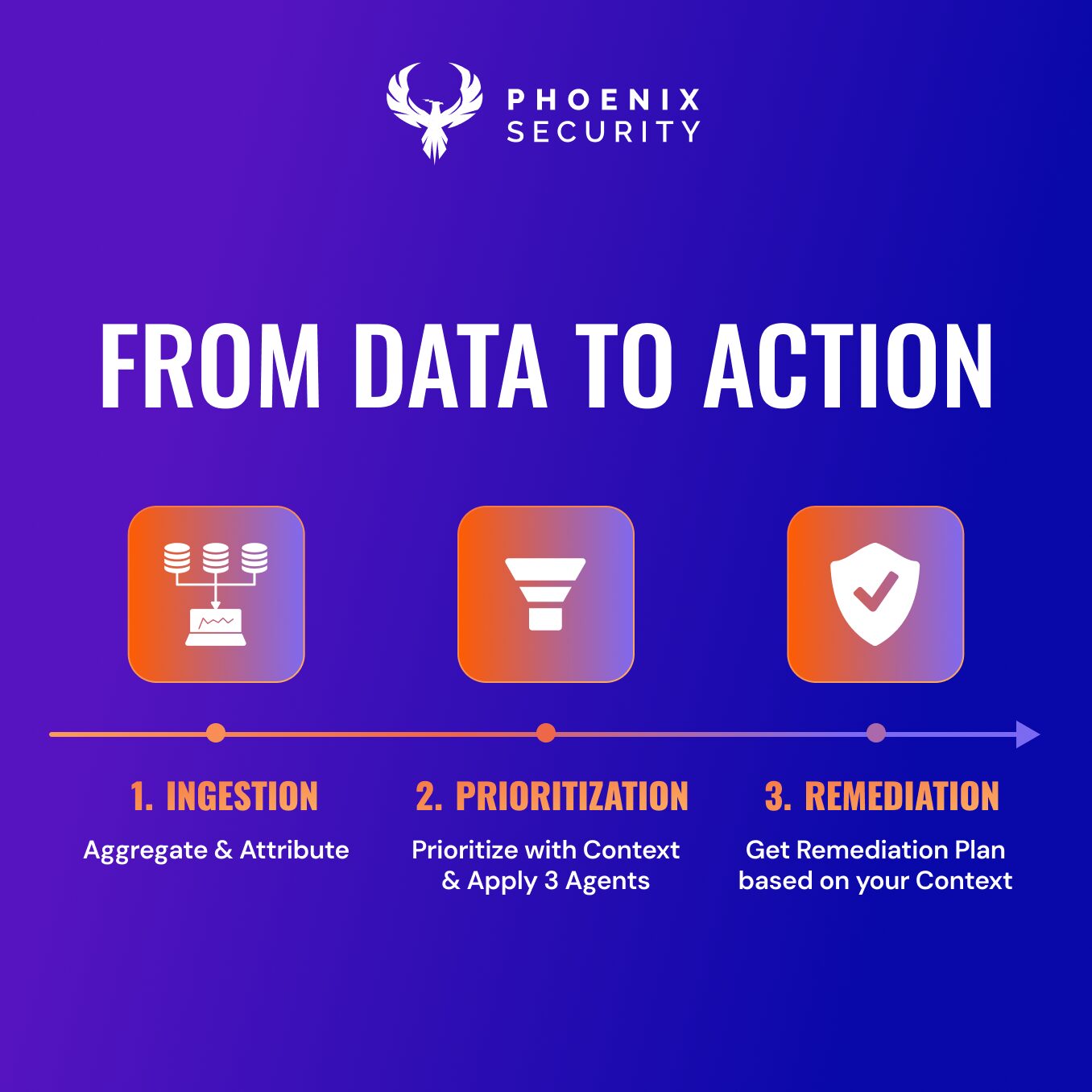At Phoenix Security, we’re pushing the boundaries of exploitation prioritization and vulnerability management, and this release sets the foundation for our next major version. With key enhancements in Application Security Posture Management (ASPM), new integrations, and refined workflows, this update makes managing security risks faster, smarter, and more effective.
Highlights of the Release:
- Multi-CVE Management in UI: The feature was fully implemented.
- GCP SCC Integration: Requires linking with internal GCP systems.
- Custom Status for Findings: Successfully added.
- Favorites for Vulnerabilities/Findings: The feature was implemented.
- Risk Display in Mitigation Popup: Successfully added.
- Bulk Linking to Non-Existing Reference Tickets: Feature available with suggestions.
- Linking to Existing ADO Tickets: Implemented with suggestions for improvement.
- Display “Last Seen” for Findings: A feature was added.
- CSV Export of Selected Findings: Available for use.
- Exploitability Filters in Findings List: Feature implemented.
- Deduplication of Assets/Vulnerabilities in Counts and Stats: Notable change; flagging for attention.
Join us in revolutionizing cybersecurity management with these innovative features, designed to make your life easier and your organization more secure. Dive into the new Phoenix Security Platform and experience the future of cybersecurity today.

Application Security Posture Management
External Dependencies (Libraries and Products)
Key Highlights of the Release
1. Multi-CVE Management in UI

This feature enables you to handle multiple Common Vulnerabilities and Exposures (CVEs) directly through the UI, simplifying vulnerability management and enhancing visibility for security teams.
Exclusion Conditions in Filters
This release further enhances the expressiveness of filters and rules in Phoenix. Now users can add conditions to their filters to exclude specific items from the results. This new feature can be used both when filtering on the UI, or when defining rules to associate assets to applications and environments.



2. GCP Security Center Integration

We’ve seamlessly integrated Google Cloud Security Command Center (SCC) into Phoenix Security. Now, you can link findings from GCP SCC with your Phoenix Security platform for comprehensive cloud vulnerability management.

3. Custom Status for Findings
Organizations can now define and customize statuses for security findings, offering more flexibility and alignment with your internal security processes.


4. Favorites for Vulnerabilities and Findings

This update allows users to mark stored filters for vulnerability and findings as favorites, making tracking and prioritizing critical issues even easier. Save time by quickly accessing your most important items.
5. Risk Display in Risk Mitigation Pop-up

You can see the resulting risk score directly in the risk mitigation pop-up when mitigating vulnerabilities. This enhancement empowers security teams to make better, faster decisions.
6. Enhanced Ticketing Links

• Link to Reference Tickets in Bulk: You can now bulk-link vulnerabilities to reference tickets with improved suggestions, speeding up remediation.
• Link to Existing Tickets (ADO & Jira): Improved functionality for linking findings directly to existing Azure DevOps (ADO) and Jira tickets, enabling seamless issue tracking and remediation. If your team has already created a ticket for this finding in your platform of choice, now you can link it as if it had been created from Phoenix.


7. New Filters and Export Capabilities
• Exploitability Filters: Filter the findings list based on exploitability, allowing you to focus on vulnerabilities that pose the greatest risk.

• Export Selected Findings: Our new CSV export functionality allows you to export only the findings you need, offering better control over reporting.

8. Display “Last Seen” for Findings
Track when vulnerabilities were last detected, giving you more precise data for decision-making and prioritization.
9. Deduplication of Assets and Vulnerabilities
In a major improvement, Phoenix Security now deduplicates assets and vulnerabilities in counts and statistics, providing more accurate reporting. This change could significantly alter your risk and vulnerability stats, so watch for this improvement.
Integrations that Enhance Your Security Ecosystem
• Phoenix Security GitHub App Authentication for Dependabot & CodeQL: Streamline authentication with GitHub for Dependabot and CodeQL scanning, ensuring secure code dependency and quality analysis.
• Sysdig & Lacework Integrations: Integrate with Sysdig and Lacework to fetch host and infrastructure vulnerabilities, empowering holistic vulnerability management.

• Jira Data Center Support: Expanded support for Jira Data Center helps large enterprises manage security tickets more efficiently.

Risk Management and Stats
• Updated PoE Weights: We’ve updated Probability of Exploitation (PoE) weights, improving the accuracy of risk scoring. • Improved Risk Magnitude Reporting: Risk magnitude has been added to several tables, offering greater clarity on the potential impact of identified vulnerabilities.



















